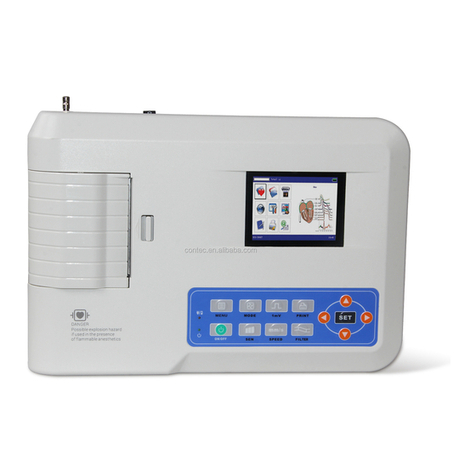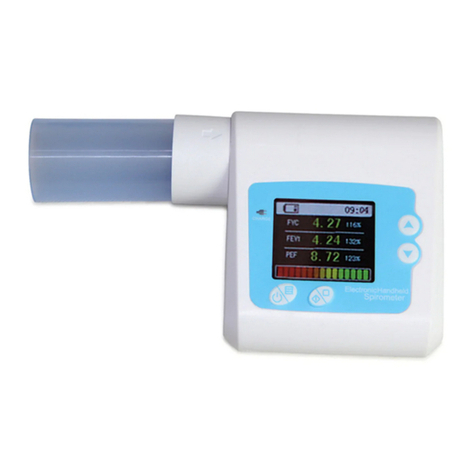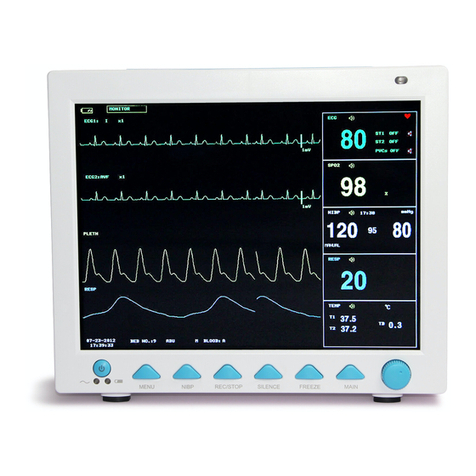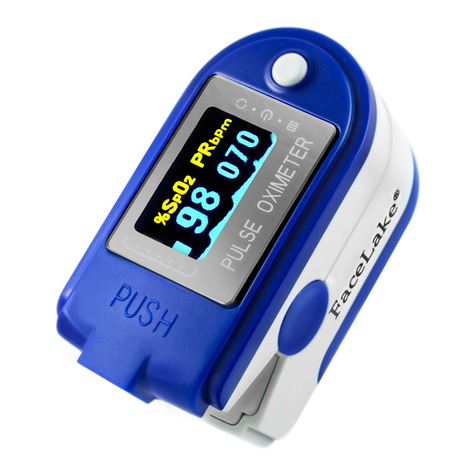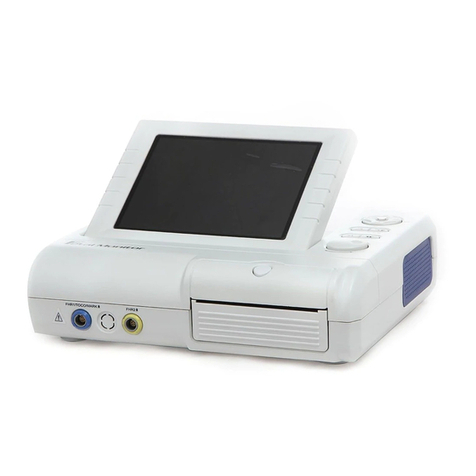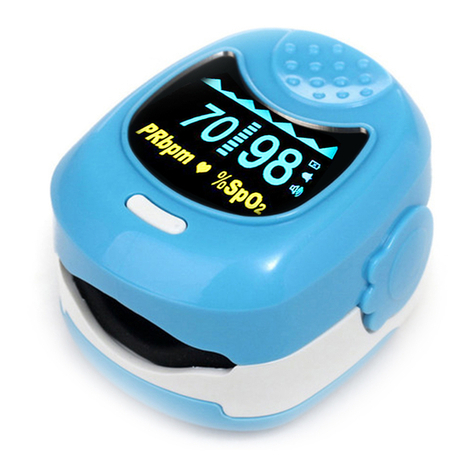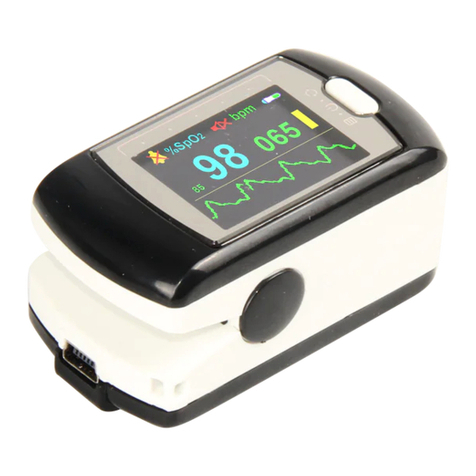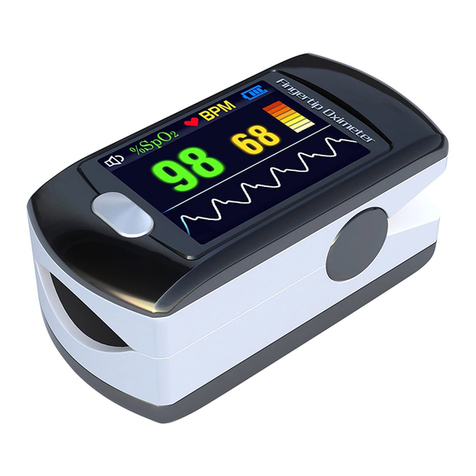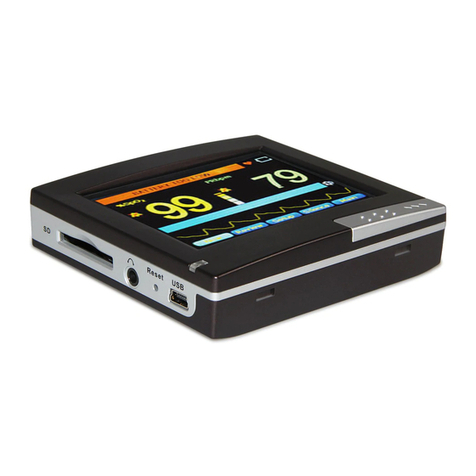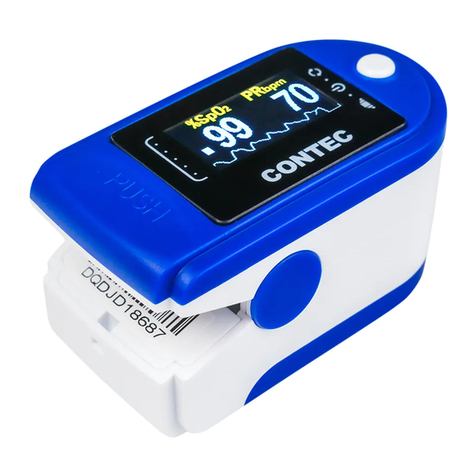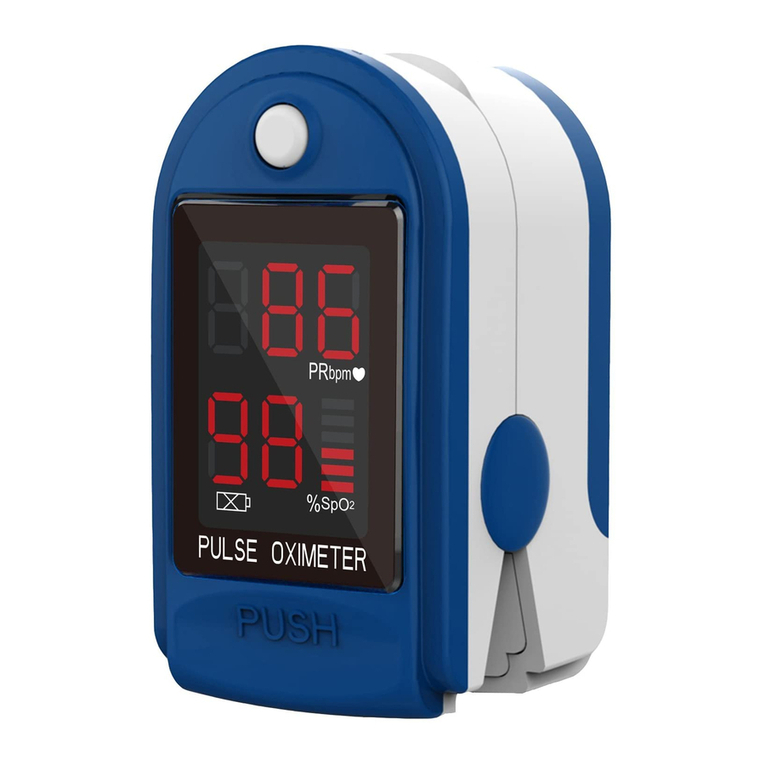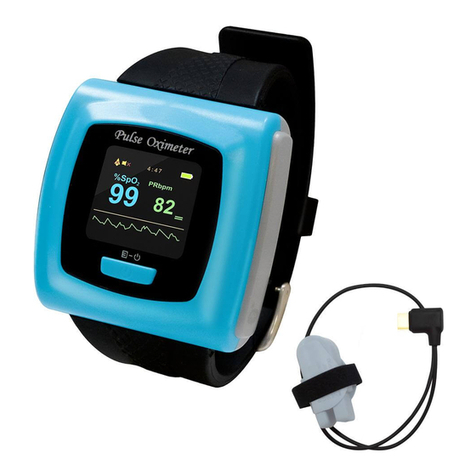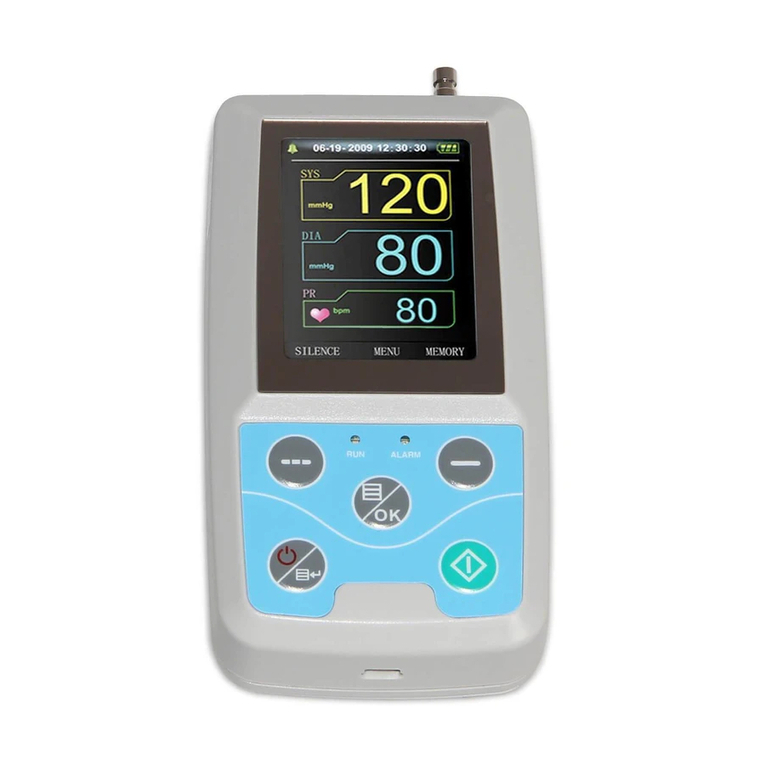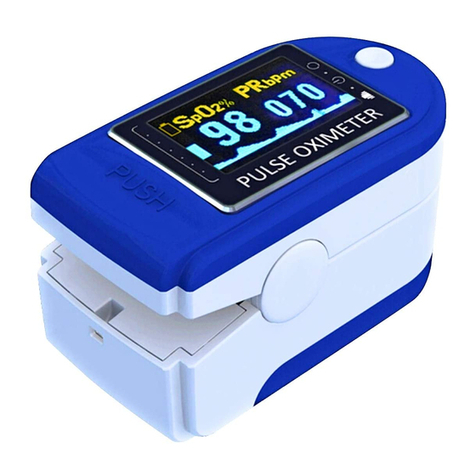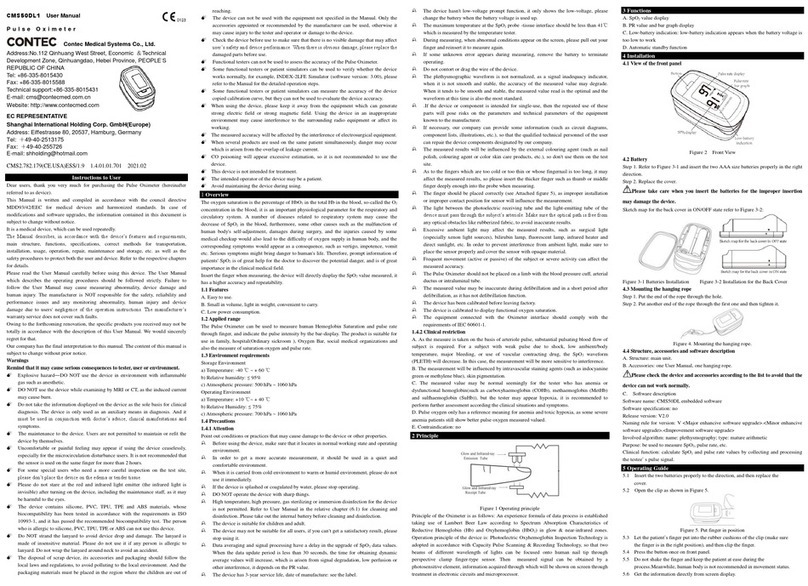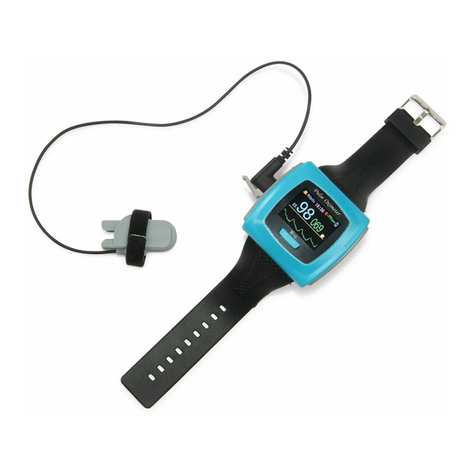II
Contents
Contents
Contents
Contents
1
1
1
1 Safety
Safety
Safety
Safety ..............................................................................................................................................
..............................................................................................................................................
..............................................................................................................................................
.............................................................................................................................................. 1
1
1
1
1.1 Instructions for safe operations ............................................................................................. 1
1.2 Warning .................................................................................................................................... 1
1.3 Attention ................................................................................................................................... 1
2
2
2
2 Overview
Overview
Overview
Overview ........................................................................................................................................
........................................................................................................................................
........................................................................................................................................
........................................................................................................................................ 2
2
2
2
2.1 Features .................................................................................................................................... 2
2.2 Major applications and scope of application ....................................................................... 3
2.3 Environment requirements ...................................................................................................... 3
3
3
3
3 Principle
Principle
Principle
Principle .........................................................................................................................................
.........................................................................................................................................
.........................................................................................................................................
......................................................................................................................................... 3
3
3
3
4
4
4
4 Technical
Technical
Technical
Technical specifications
specifications
specifications
specifications ................................................................................................................
................................................................................................................
................................................................................................................
................................................................................................................ 3
3
3
3
4.1 Main performance ................................................................................................................... 3
4.2 Main parameters ...................................................................................................................... 4
5
5
5
5 Installation
Installation
Installation
Installation .....................................................................................................................................
.....................................................................................................................................
.....................................................................................................................................
..................................................................................................................................... 4
4
4
4
5.1 View of the front panel ......................................................................................................... 4
5.2 Battery installation .................................................................................................................. 5
5.3 Accessories ............................................................................................................................... 5
6
6
6
6 Operating
Operating
Operating
Operating Guide
Guide
Guide
Guide ...........................................................................................................................
...........................................................................................................................
...........................................................................................................................
........................................................................................................................... 5
5
5
5
6.1 Application method ................................................................................................................. 5
6.2 Attention for operation ........................................................................................................... 6
6.3 Clinical restrictions ................................................................................................................. 7
7
7
7
7 Maintain
Maintain
Maintain
Maintain 、transportation
transportation
transportation
transportation and
and
and
and storage
storage
storage
storage .....................................................................................
.....................................................................................
.....................................................................................
..................................................................................... 7
7
7
7
7.1 Cleaning and disinfecting ....................................................................................................... 7
7.2 Maintain ................................................................................................................................... 7
7.3 Transportation and storage ..................................................................................................... 7
8
8
8
8 Troubleshooting
Troubleshooting
Troubleshooting
Troubleshooting .............................................................................................................................
.............................................................................................................................
.............................................................................................................................
............................................................................................................................. 8
8
8
8
9
9
9
9 Key
Key
Key
Key of
of
of
of symbols
symbols
symbols
symbols .............................................................................................................................
.............................................................................................................................
.............................................................................................................................
............................................................................................................................. 8
8
8
8
10
10
10
10 Function
Function
Function
Function specification
specification
specification
specification ................................................................................................................
................................................................................................................
................................................................................................................
................................................................................................................ 9
9
9
9
Appendix
Appendix
Appendix
Appendix A
A
A
A ........................................................................................................................................
........................................................................................................................................
........................................................................................................................................
........................................................................................................................................ 11
11
11
11
